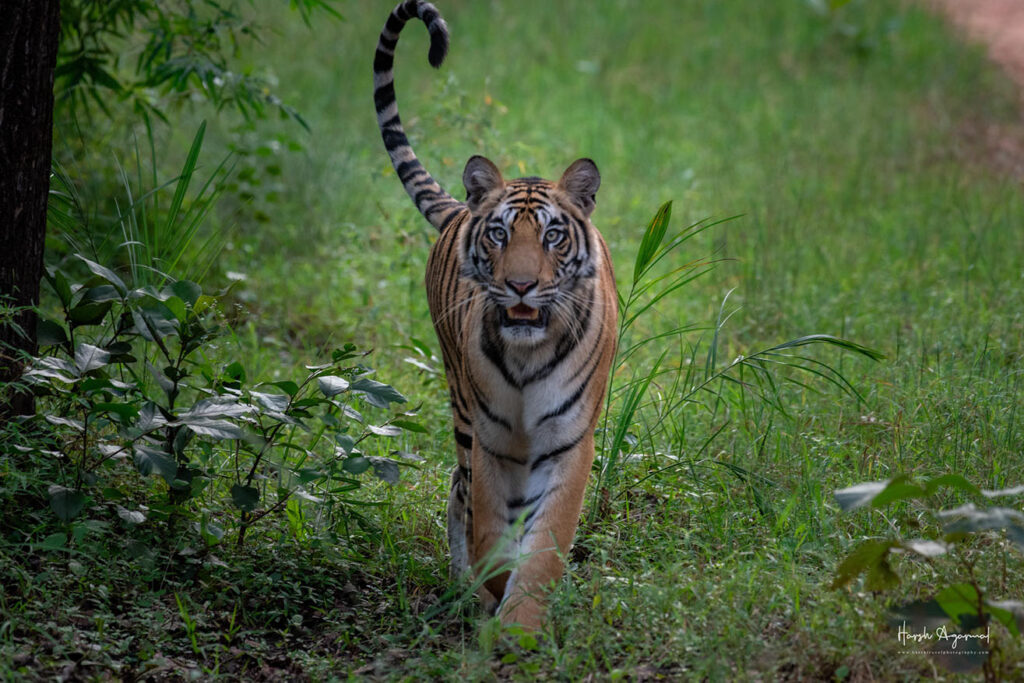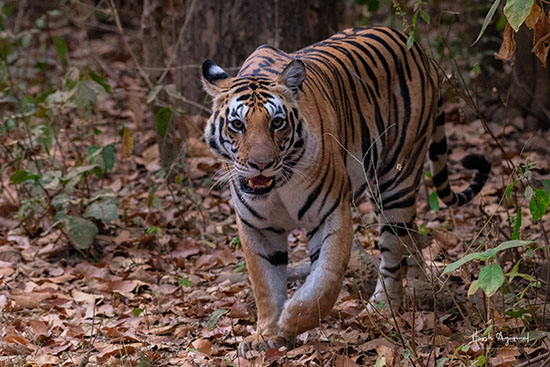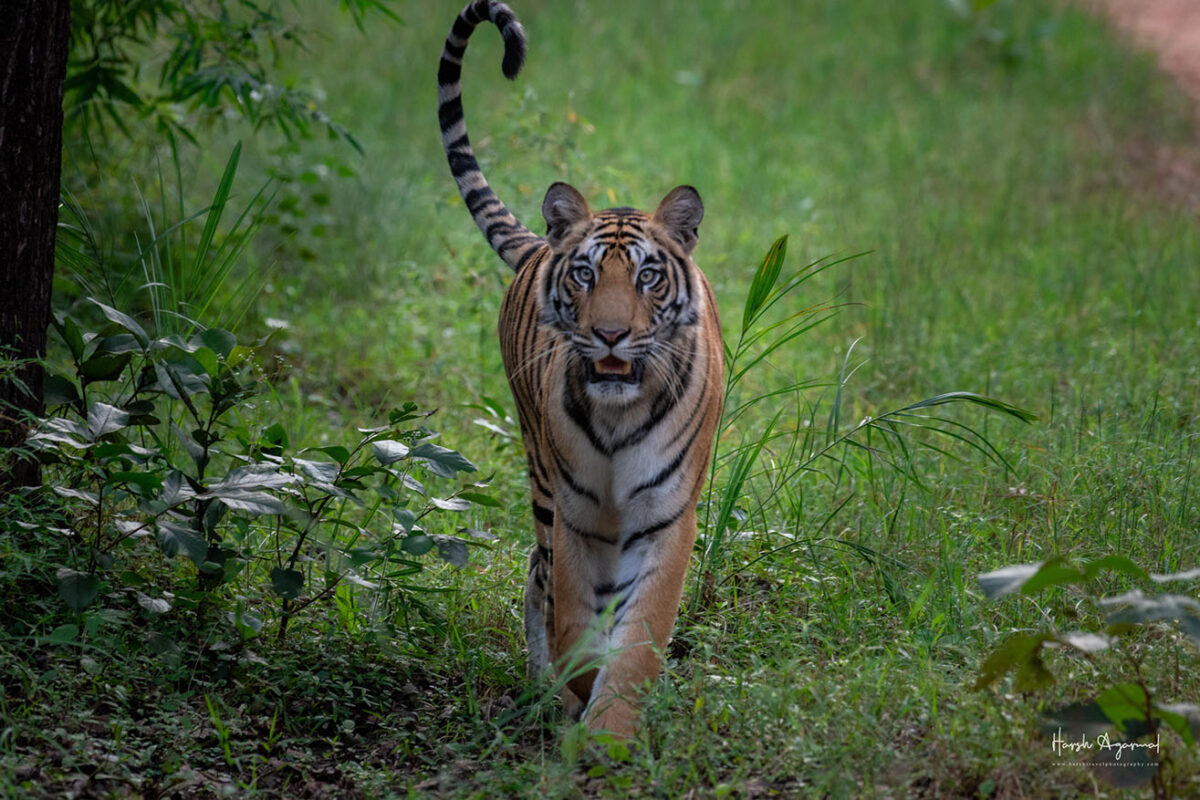
On April 9, Prime Minister Narendra Modi will inaugurate a three-day major event in Mysuru to celebrate the completion of Project Tiger’s 50-year span and showcase India’s accomplishment in tiger conservation globally.
The environment ministry will soon announce tiger estimation numbers for 2022, release a commemorative coin of ₹50, and publish a document on evaluating effective management of tiger reserves as well as a vision document for tiger conservation to commemorate the 50 years of Project Tiger, India’s flagship project to conserve and increase its tiger population.
On April 9, 10, and 11, a massive worldwide event will be staged. In addition, the PM will present the government’s plan for tiger protection during ‘Amrit Kaal,’ according to sources from New Delhi. We are the only country to have conducted a periodic independent assessment of tiger reserves. A thorough report on this will be made public by the prime minister. All States’ Ministers of Forestry and Wildlife, Ministers from all nations where tigers roam, scientists, and representatives from significant international Organizations will attend the three-day conference.
Project Tiger was conceived and launched by then-Prime Minister Indira Gandhi in 1973. The project was launched on April 1 at Corbett National Park in Uttarakhand. According to the biography “Indira Gandhi, a Life in Nature,” Gandhi stated in a message that Project Tiger “is a remark on our long neglect of the environment as well as…very welcome concern for protecting one of nature’s most spectacular assets.”
The project now covers a far larger area than when it first began. Nine tiger reserves totaling 18,278 square kilometers were initially covered under the coverage. Currently, the initiative is responsible for 53 tiger reserves covering more than 75,000 sq km, or roughly 2.4% of the country’s land area.
The environment ministry stated in a message on Friday that “these tiger reserves are repositories for biodiversity conservation in the country, ensuring regional water security and carbon sequestration thereby contributing to fulfilling India’s climate change mitigation aims.”
More than 70% of the world’s wild tiger population, which is growing at a 6% yearly rate, is found in India. Prior to the worldwide St. Petersburg Declaration’s target year of 2022, India doubled the wild tiger population in around 12 years. The number of tigers climbed from 1,411 in 2008 to 2,967 in 2018, according to the National Tiger Conservation Authority.
One of the primary authors of the Wildlife Protection Act of 1972 and an environmentalist, M K Ranjitsinh, stated that saving other critically endangered species under the project’s cover was one of the project’s fundamental criteria. We anticipated that Project Tiger’s effects would allow us to conserve several habitats and other endangered animals in addition to the tiger, which we used as the flagship species.
“It was not a blind approach, but to use the tiger to save something more valuable — its habitat. I don’t judge Project Tiger by only their numbers. That, in my opinion, is what led to several shortcomings. Tiger population numbers are a matter of survival to every field director. Tiger is not the ‘be all and end all’ of the project but definitely the frontrunner. People visiting reserves solely to view tigers and having other vehicles zoom past them to see the animal is a failure. This was not the vision, Ranjitsinh continued.

In addition, India is home to over 70% of the world’s tigers. Thus, it is India’s duty to the rest of the world to protect them, according to Uma Ramakrishnan, a professor and molecular ecologist from India who works at the National Centre for Biological Sciences. Maintaining connection, controlling unfavorable interactions between tigers and people, and better understanding the impacts of inbreeding on subsequent generations of tigers are all important for the future of tiger populations, in addition to growing numbers.
India and Cambodia struck into an arrangement last year to translocate a few tigers to that nation. “Providing tigers to Cambodia is a possibility. Both their officials and our group have visited,” Yadav added. “We must ascertain the reason for the tiger decimation there and make sure that all contributing elements, such as prey base, poaching, and patrols, are addressed.” He claimed that the final tiger to be seen in Cambodia was photographed in 2009.
Yadav recognized that many tiger sanctuaries, including Corbett, Kanha, Bandhavgarh, Pench, and Tadoba, have an issue with abundance. “These reserves ought to be managed actively. For instance, we are transporting tigers from the Corbett refuge to the Rajaji Tiger Reserve in Uttarakhand, he said. “We are developing management strategies. Because it’s a dynamic process, we can’t put a limit on the number of tigers.
Source- Hindustan Times

